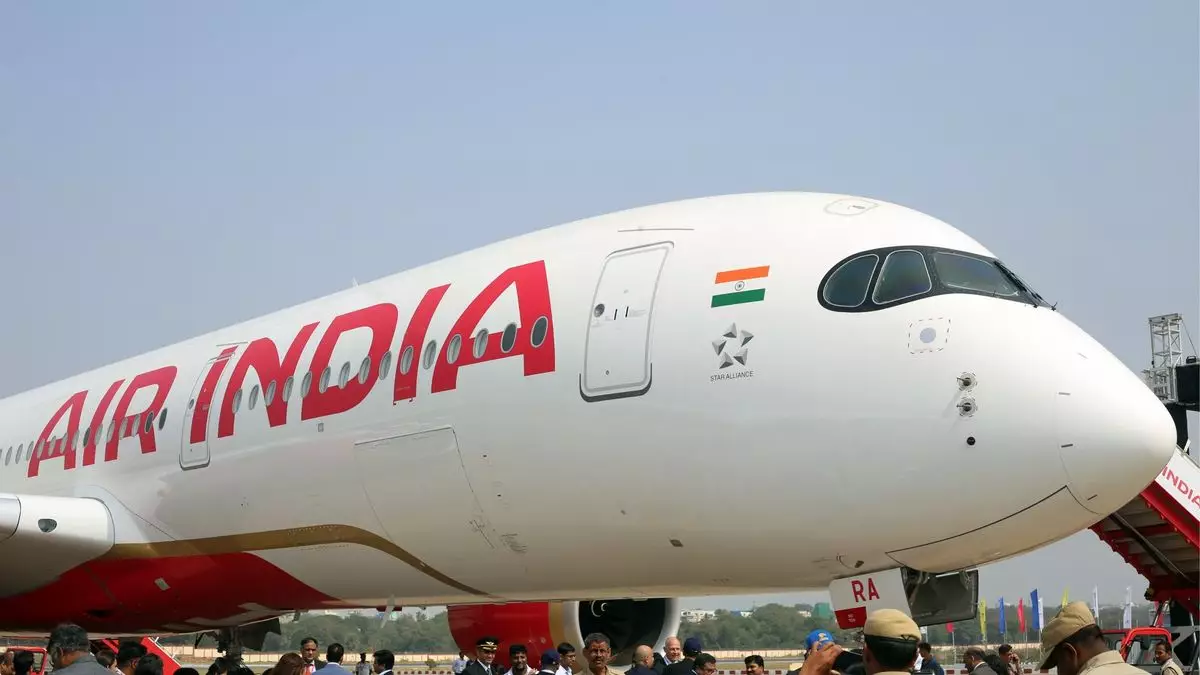The recent review conducted by India’s civil aviation authority, led by the Directorate General of Civil Aviation (DGCA), has unveiled alarming safety deficiencies at two of the nation’s busiest airports: Mumbai and New Delhi. This rigorous assessment aimed to scrutinize the operational aspects of air travel in India, thereby ensuring that airline practices align with safety protocols. In an era where aviation safety cannot be taken lightly, the DGCA’s findings act as a clarion call for urgent reforms.
Unpacking the Findings
The scope of the review was nothing short of comprehensive. Ground operations, aircraft conditions, and flight protocols were meticulously evaluated to identify areas in desperate need of enhancement. One striking revelation from the review pointed to the repeated emergence of certain aircraft defects. This alarming trend indicates a glaring insufficiency in monitoring and maintenance protocols, essentially revealing a systemic flaw within the safety framework of airline operations. It begs the question: how could such recurrent issues slip through the cracks without adequate governmental oversight?
Moreover, the report highlighted incidents where established safety practices were disregarded. For instance, the discovery of a faded centerline runway marking raises concerns about the potential hazards posed to both pilots and ground crew. The lack of precision in runway markings directly affects navigation safety, ultimately jeopardizing passengers’ lives.
Implications of Maintenance Failures
Perhaps the most startling revelation came from the observation of worn tires resulting in the cancellation of a domestic flight. Such failures are often perceived as isolated incidents rather than symptoms of a deeper malaise. When maintenance deficiencies lead to drastic actions like flight cancellations, the repercussions extend far beyond the aircraft itself. Each canceled flight ripples through an entire network of travelers, creating chaos and dissatisfaction in an already crowded air travel system.
Additionally, the revelation of an aircraft simulator failing to match the actual aircraft configuration raises serious questions about training and preparedness. Airline employees depend on simulators for effective training, and discrepancies here can lead to catastrophic misjudgments during real-life operations. This not only underscores the need for regular simulator assessments but also emphasizes a shift in perspective—air safety is everyone’s responsibility, from management to ground teams.
The Path Forward
While the DGCA has communicated its findings to relevant operators, expecting immediate corrective action, the process needs to extend beyond mere compliance. Comprehensive implementation of recommended changes must be enforced, coupled with regular follow-up assessments to ensure that safety continues to be prioritized. The DGCA has a pivotal role in shaping a safety-oriented culture within the Indian aviation industry. It’s time for these agencies to take a more assertive stance rather than operating reactively.
The tragic Air India crash that occurred on June 12, which claimed numerous lives both onboard and on the ground, serves as a stark reminder of the importance of safety adherence. India’s aviation sector, which has gained global recognition for its burgeoning growth, must ensure that this expansion does not compromise the safety of its passengers. Only through rigorous scrutiny, transparency, and a commitment to excellence can the industry hope to regain public trust and fortify its reputation on the international stage.
In this pivotal era of transformation, embracing a proactive stance on safety will not only safeguard lives but also set a new standard for aviation excellence in India and beyond.


Leave a Reply